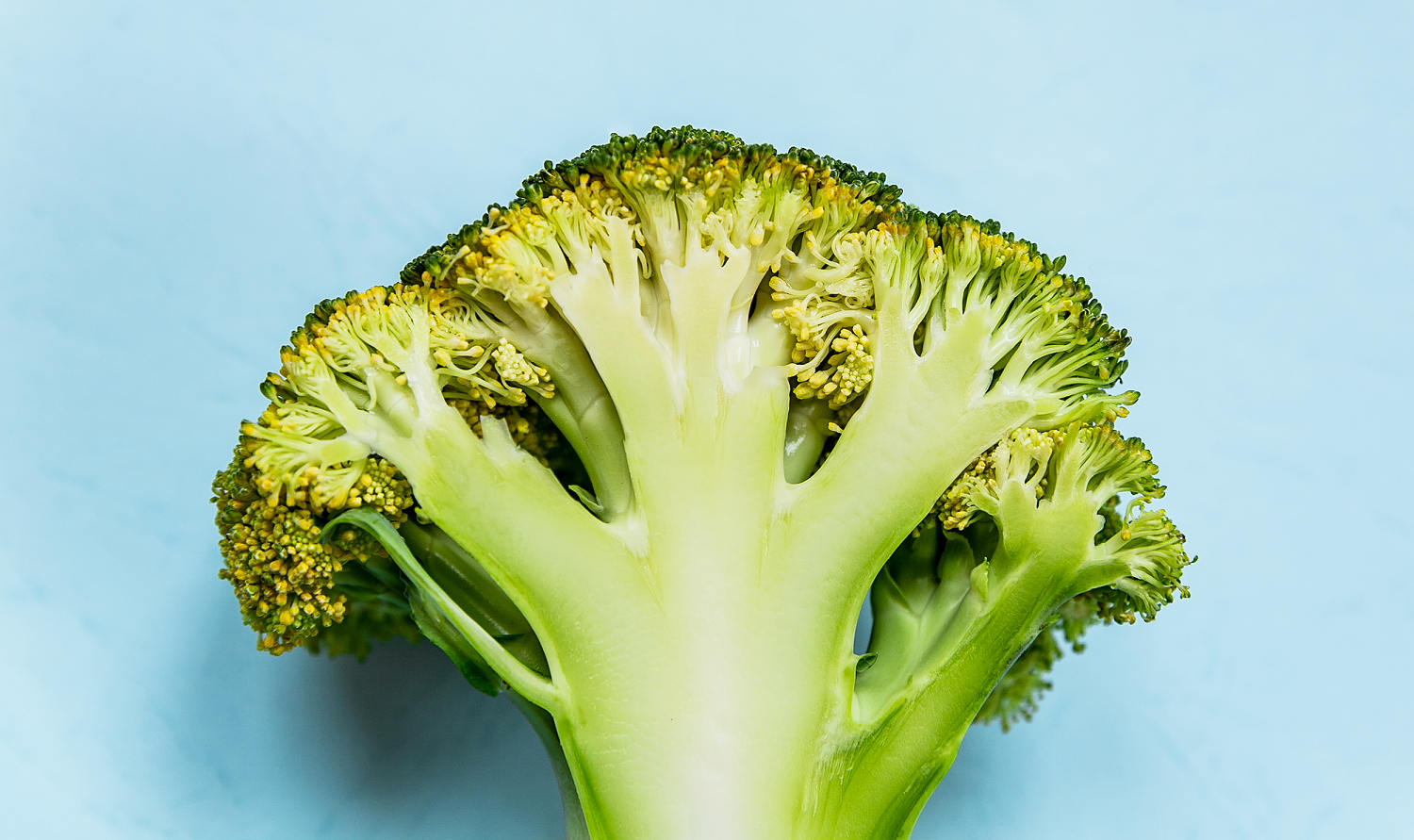Fiber is a multitasking nutrient that benefits your gut and your heart, and it helps keep blood sugar levels in check. Fiber is also a type of carbohydrate, experts say. But there are a surprising amount of foods that are both high-fiber and low-carb.
When people , that helps with weight management, it diversifies their gut microbiome and it helps them manage certain chronic health conditions, Caroline Susie, registered dietitian and spokesperson for the Academy of Nutrition and Dietetics, tells TODAY.com. "It's something easy that we can add to our diet that we know lowers our risk for heart attack and stroke, helps with gut health and, honestly, helps keeps us regular," Susie says.

"And , we tend to be to be happier." Unfortunately, while most adults in the U.S.
get , we tend to fall behind on fiber. Part of that may be because people tend to associate fiber-rich foods with carbohydrates, like fruit and whole grains. While this macronutrient has been on the receiving end of some unfair criticism recently, it is true that many high-fiber foods are also high in carbs.
That's helpful because carbohydrates are the brain's main source of energy. And, along with starches and sugars, , Shelly Wegman, registered dietitian with UNC Rex Nutrition Services, tells TODAY.com.
But fiber doesn't get digested the same way that starches and sugars do. While any diet that requires you to eliminate an entire food group should be a "red flag," Susie says, for some folks it does make sense to be they're consuming. For instance, if you're managing your weight or keeping tabs on your blood sugar levels you may need to watch your carb intake.
Still, being wary of carbs is no reason to miss out on fiber and the immense health benefits it provides, experts say. There are plenty of foods that will help you hit your fiber goal without adding extra starch or sugar to your plate. There are actually two types of fiber and both do important jobs in your gut.
First, there’s soluble fiber, “which actually dissolves in water and forms a gel,” Wegman says. Soluble fiber also “literally binds with cholesterol and helps your body get rid of it,” she explains, by allowing you to excrete cholesterol before it gets to your bloodstream. On the other hand, insoluble fiber doesn’t dissolve, Wegman says.
“But it helps bulk up stool and just keeps things moving the way they’re supposed to through the body,” she says. Keep in mind, however, that not everyone needs the same amount of fiber in a day, Wegman notes. And for some people, consuming too much fiber can be an issue.
So if you have certain underlying health conditions, such as inflammatory bowel disease or diverticulitis, you will need to talk to your doctor or a registered dietitian for specific fiber recommendations. And, any time you're adding more fiber to your diet, "you want to go slow and make sure you get enough water," Wegman cautions. Otherwise, you may be in for some gastrointestinal issues, like bloating, gas, constipation or diarrhea.
Thankfully, these symptoms usually dissipate as your body gets accustomed to having more fiber. We tend to think of high-fiber foods as fruit and whole grains, which are healthy foods but also generally higher in carbohydrates. But there are plenty of other options out there.
And, no matter how you feel about carbs, it's a good idea to get fiber from a variety of sources because these foods are all packed with other healthy nutrients, too, Wegman says. When you want fiber but not carbs, look for , nuts and seeds, such as: When you're building a salad, raw kale is a "fantastic" and high-fiber place to start, Susie says. We typically think of , but it's technically part of the family of cruciferous vegetables.
So you're going to get a little more fiber from kale than you would with . Kale is also a great plant source of , vitamin K and vitamin C. A more classic cruciferous vegetable, broccoli is a great non-starchy source of fiber.
Just one cup of broccoli provides 2 grams of fiber and only 5 grams of carbohydrates. Research suggests eating , likely due to the combination of fiber and beneficial plant compounds it contains. Another low-carb vegetable with impressive fiber content, cauliflower also comes in several colors — each of which offers .
Cauliflower provides 2 grams of gut-healthy fiber and 5 grams of carbohydrates per 1 cup serving, which is similar to what you'll find in broccoli. Cauliflower is unique, however, in that its mild taste and white color allow it to easily stand in for starchier ingredients in meals. Try cauliflower-based pizza crust, rice and mashed "potatoes" for a fiber boost and fewer carbs.
Boasting 3 grams of fiber in every half-cup serving, Brussels sprouts are one of the out there. This cruciferous vegetable also contains an compound called sulforaphane, which is linked to reductions in the risk of heart disease and cancer. All seeds are going to give you a good dose of protein with fewer carbs, but are fiber all-stars.
In just 2 tablespoons of chia seeds, you'll get 6 grams of protein, 10 grams of fiber and about 12 grams of carbohydrates. That makes them "an easy and fantastic addition" to meals that Susie tells her clients about "all the time," she says. "Add an ounce of chia seeds to your , or on top of your or oatmeal," she suggests.
If chia seeds aren't your thing, try pumpkin seeds, sunflower seeds or , which are all seeds high in fiber. Avocados are often overlooked in the fiber category, Susie says. But they provide , which is a regular serving size.
"While considered a fruit in theory, they are very low in sugar and very rich in fiber," she explains. They can be high in calories, but that's because they're comprised predominantly of heart-healthy fats, she adds. Like seeds, nuts are another great place to look for fiber and heart-healthy fats with fewer carbohydrates.
In particular, Susie recommends reaching for (4 grams of fiber and 6 grams of carbs per serving) and (3 grams of fiber and 4 grams of carbs per serving). Nuts are also a wonderful source of to help keep you feeling strong and full. Yes, raspberries are a fruit and, therefore, contain a good amount of natural sugar.
But, with , they are also the single highest whole-food source of fiber on the planet, TODAY.com explained previously. And, when compared to other fruits, berries like these are — a cup of raspberries has just 5 grams of sugar.
.
Health

Dietitians share 8 best high-fiber, low-carb foods for gut health

If you're eating fewer carbohydrates, that doesn't mean you should skimp on fiber. Dietitians reveal foods that are high-fiber but low-carb to keep your gut happy.















